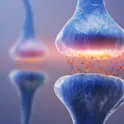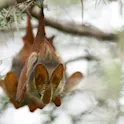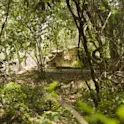
Featured news
15 Dec 2022
Five articles you need to check out on the future of neurology research
By Colm Gorey, Frontiers Science Communications Manager Image: Shutterstock.com In an ever-changing field of research such as neurology, it can be difficult to keep up with the latest breakthroughs. Now at Frontiers, we highlight just three of the latest research articles to shed more light on how the mind works. The human brain is an organ that has fascinated our species for centuries, with vast amounts of research so far yielding a wealth of discoveries. However, so much of how the brain works remains a mystery waiting to be solved. In 2022, Frontiers published one of the biggest neurological research breakthroughs of the year with the discovery that life may indeed flash before our eyes as we die. However, this was just one paper of thousands published by Frontiers this year that helped set the groundwork for new neurological discoveries, ranging from multiple sclerosis to deep brain stimulation. Five such articles are essential reading to anyone looking to learn more about neurology were published as part of the research topic ‘Horizons in Neurology’. The Neuroimmunology of Multiple Sclerosis: Fictions and Facts There have been tremendous advances in the neuroimmunology of multiple sclerosis (MS) over the past five decades, which have […]













